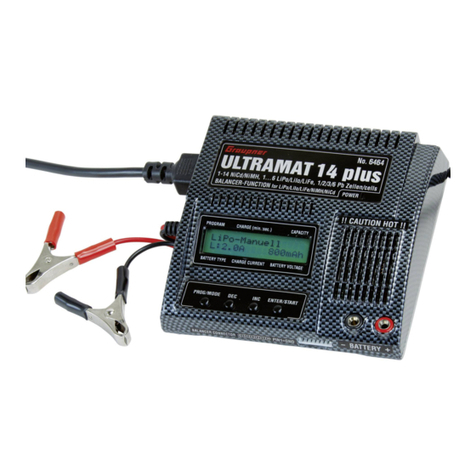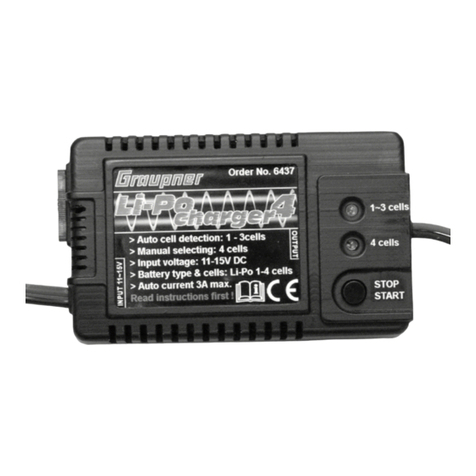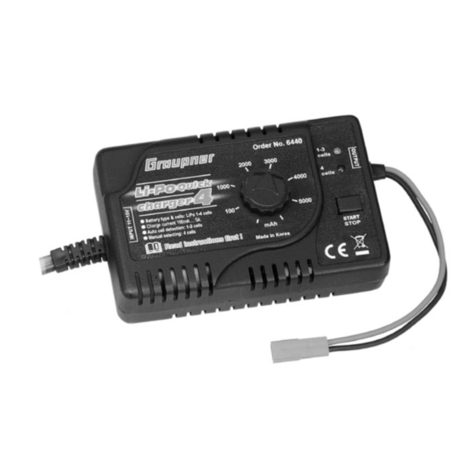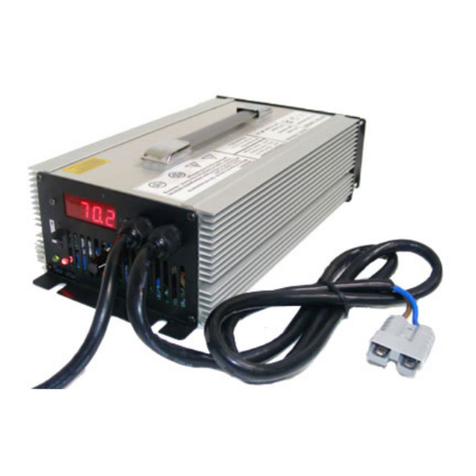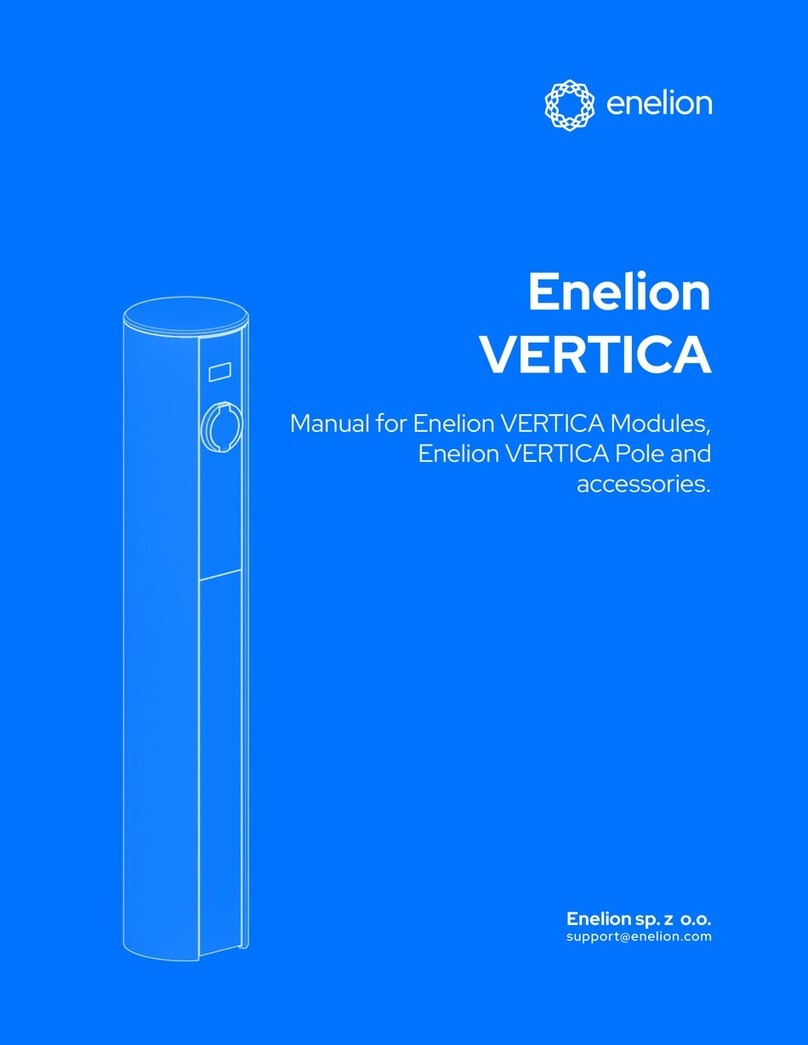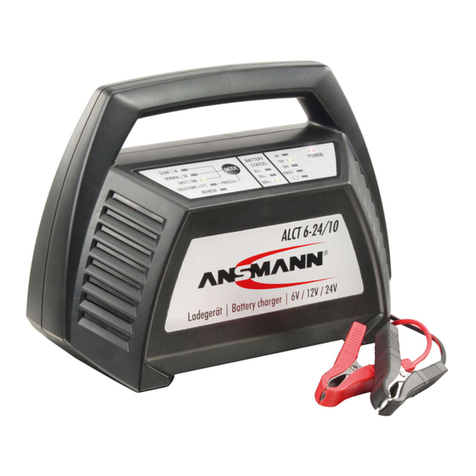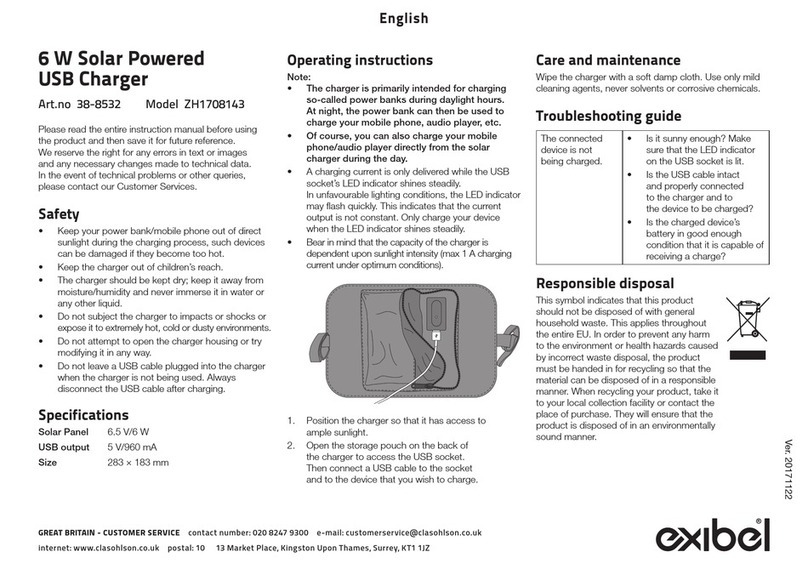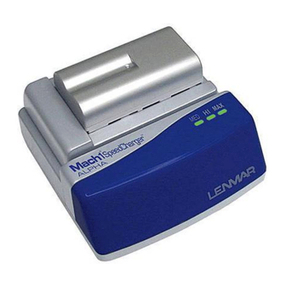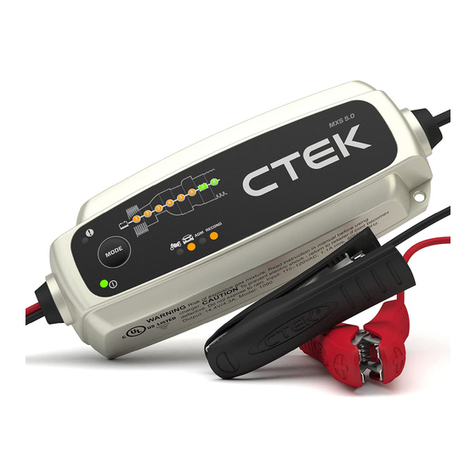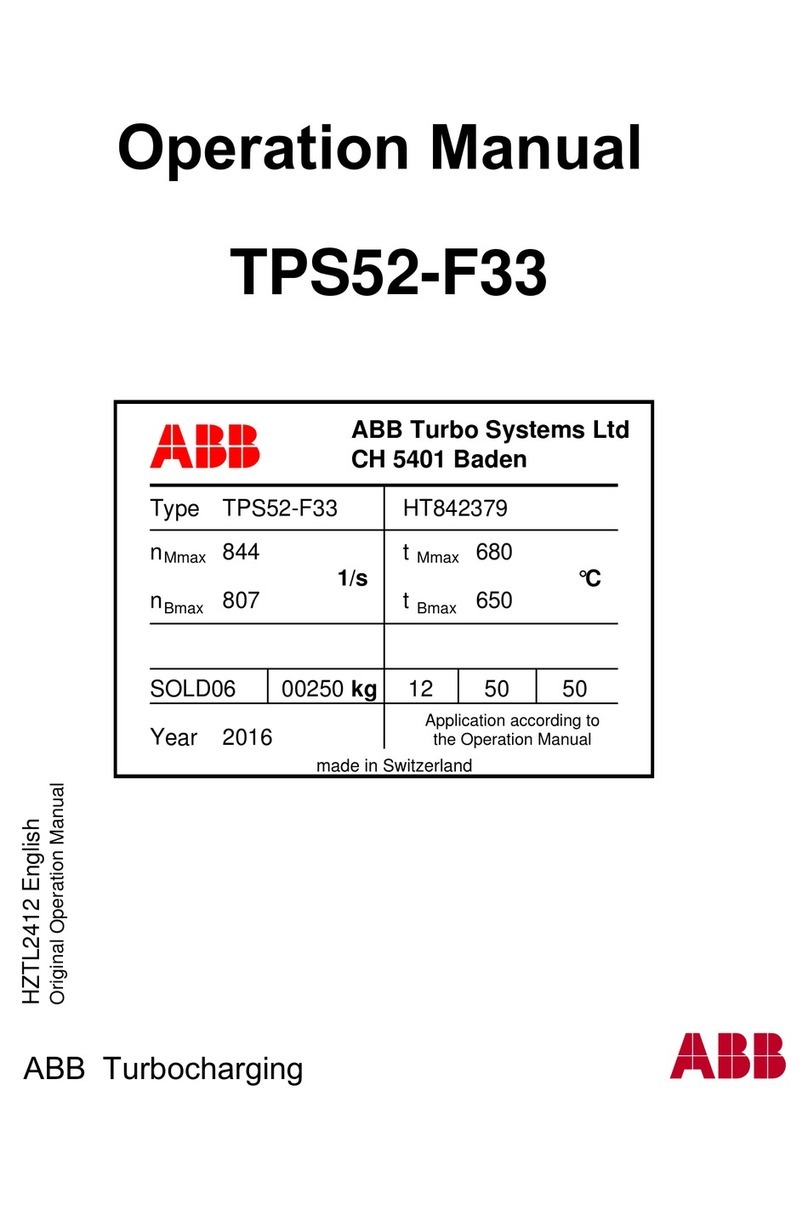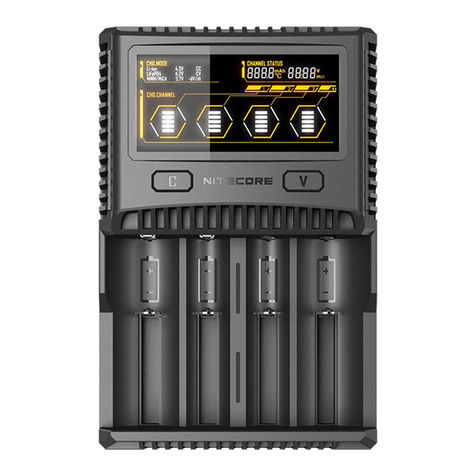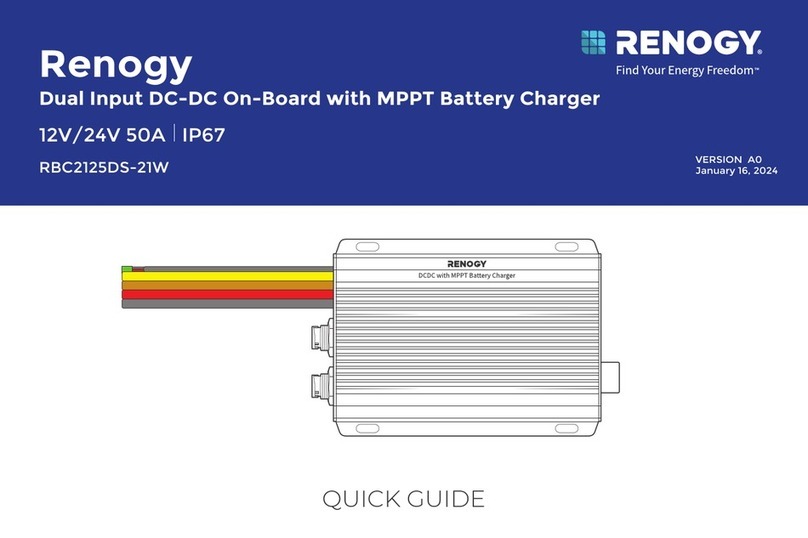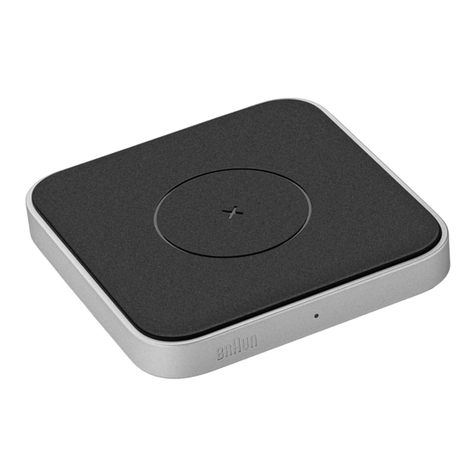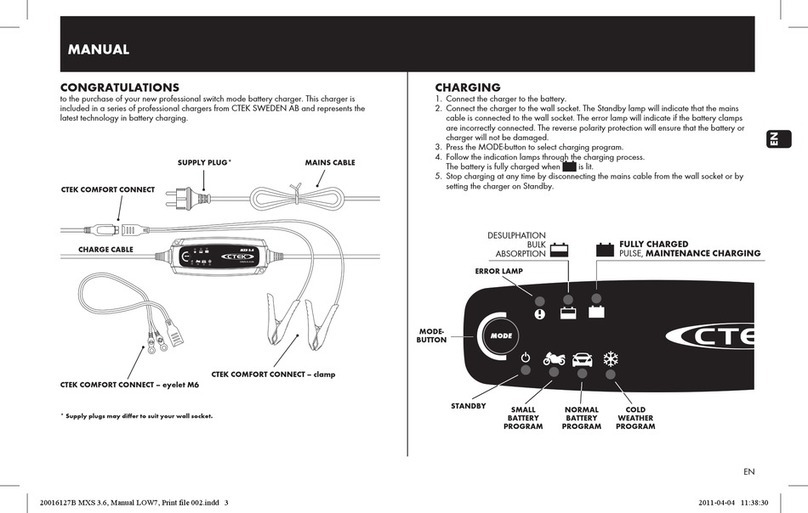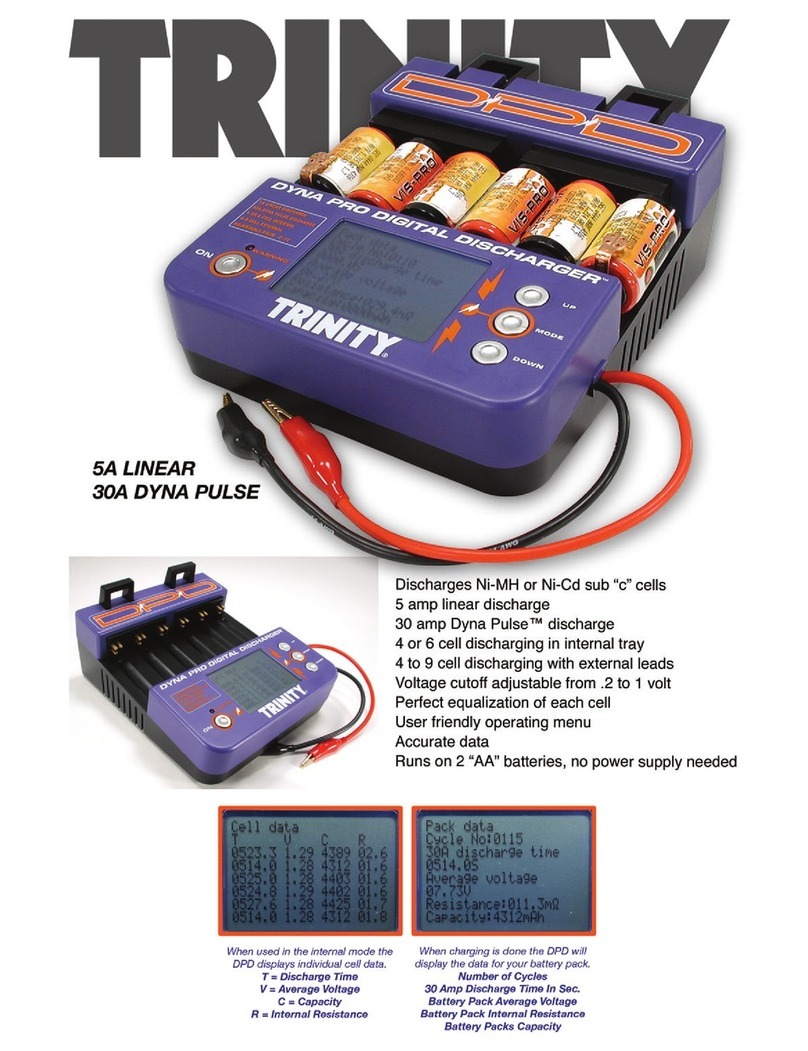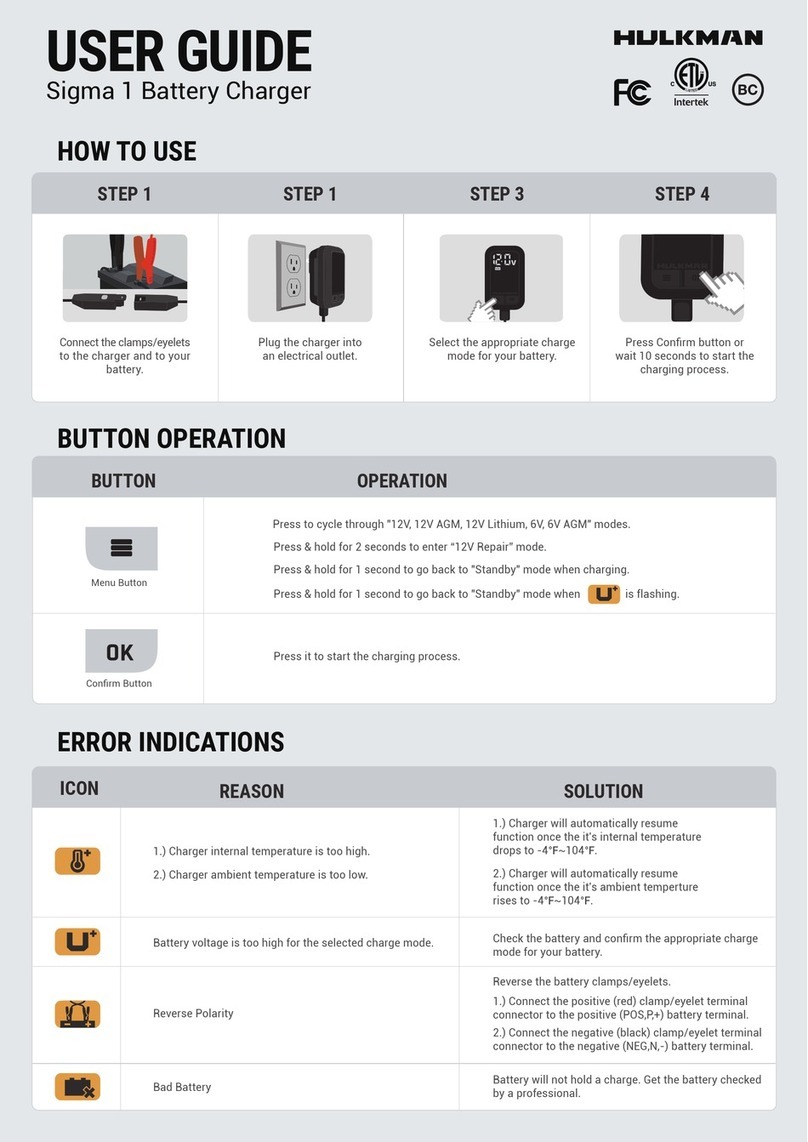GRAUPNER S2007 Ultra DC Quad User manual
Other GRAUPNER Batteries Charger manuals
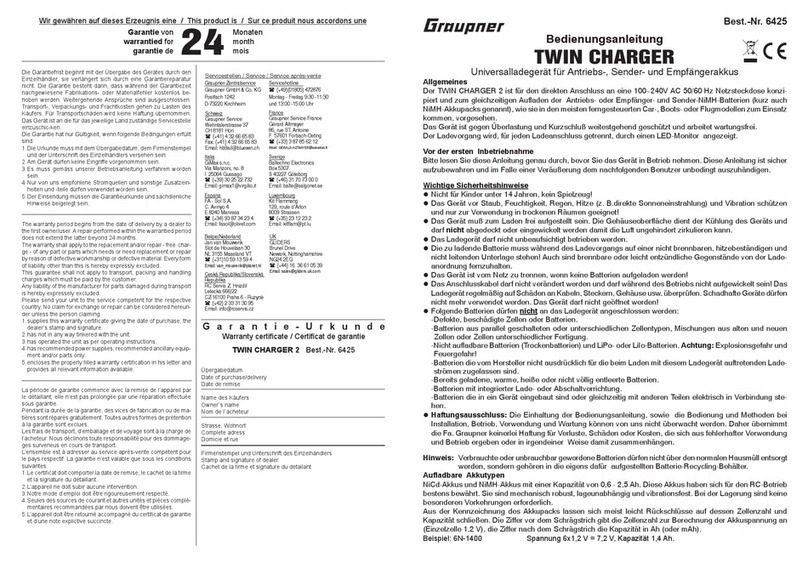
GRAUPNER
GRAUPNER TWIN CHARGER User manual
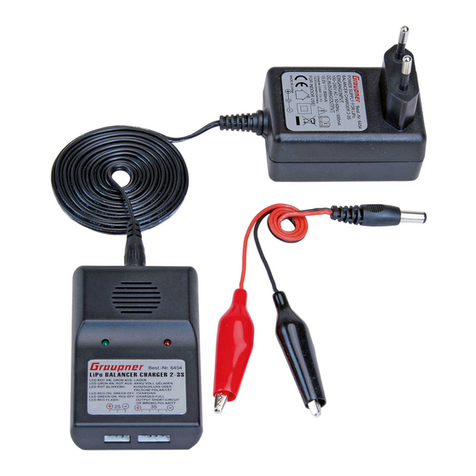
GRAUPNER
GRAUPNER LIPO BALANCER CHARGER 2-3S User manual

GRAUPNER
GRAUPNER Quick LiPo 15 User manual
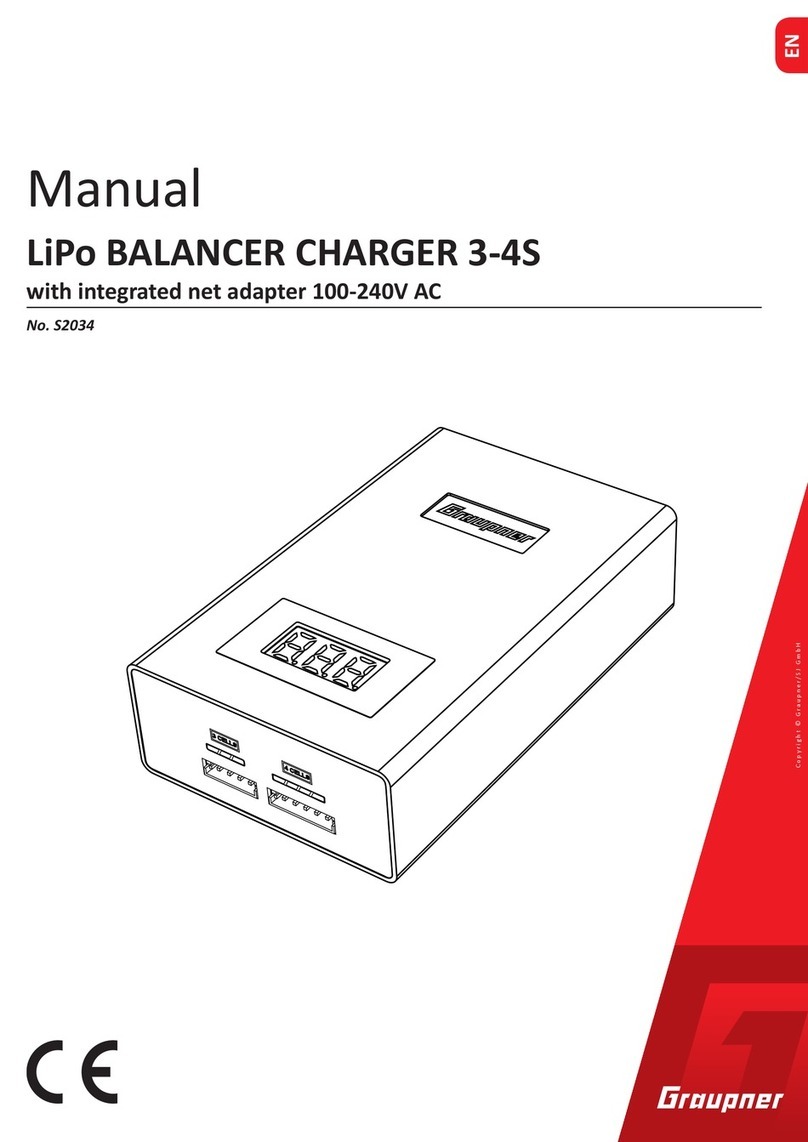
GRAUPNER
GRAUPNER LiPo BALANCER CHARGER 3-4S User manual

GRAUPNER
GRAUPNER ULTRAMAT 8 User manual
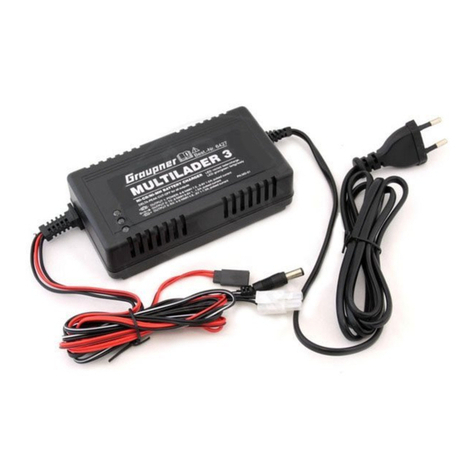
GRAUPNER
GRAUPNER MULTILADER 3 User manual
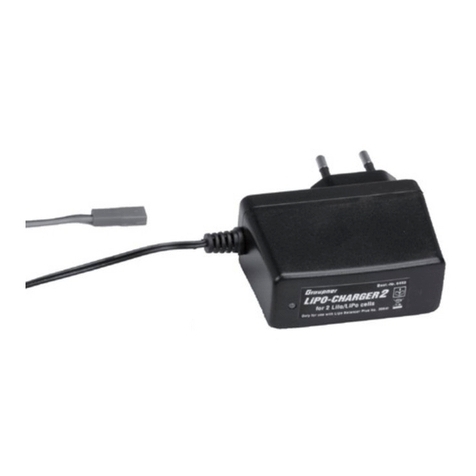
GRAUPNER
GRAUPNER LIPO-CHARGER 2 User manual

GRAUPNER
GRAUPNER ULTRAMAT 16 User manual
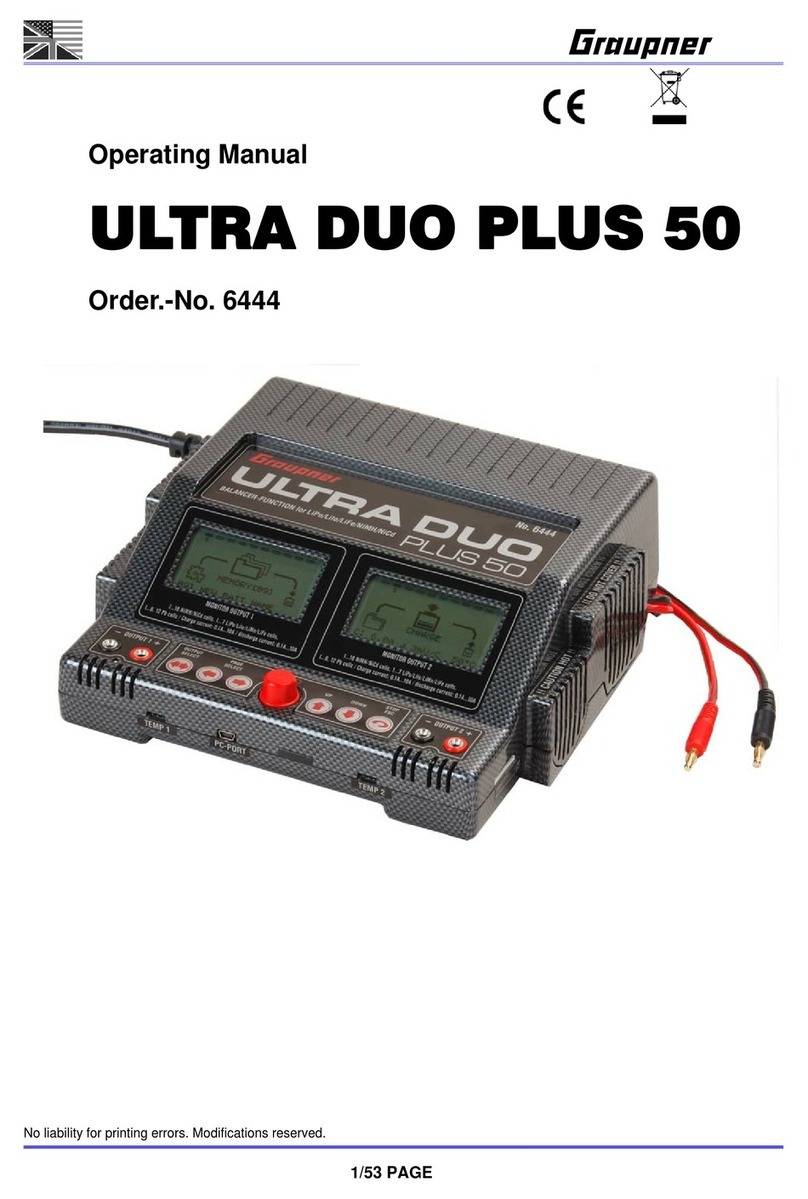
GRAUPNER
GRAUPNER 6444 User manual
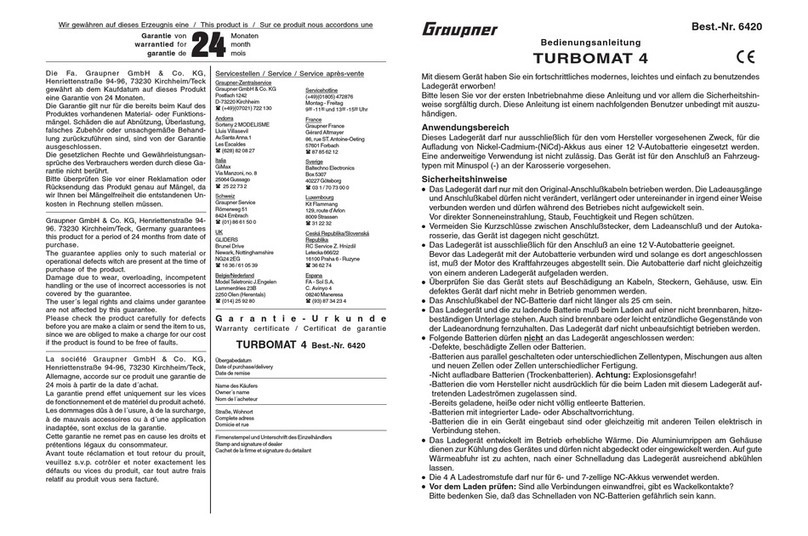
GRAUPNER
GRAUPNER TURBOMAT 4 User manual

GRAUPNER
GRAUPNER POLARON EX-1400 User manual
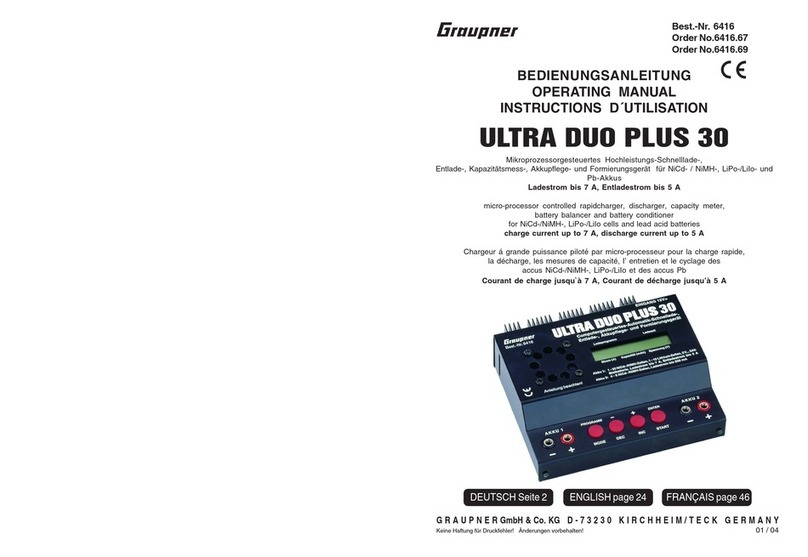
GRAUPNER
GRAUPNER ULTRA DUO PLUS 30 User manual

GRAUPNER
GRAUPNER ULTRAMAT AC/DC EQ User manual
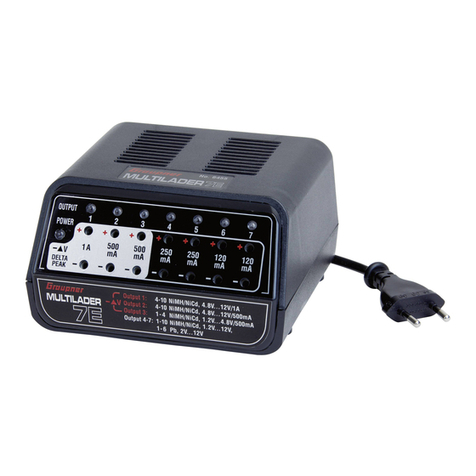
GRAUPNER
GRAUPNER MULTILADER 7E User manual
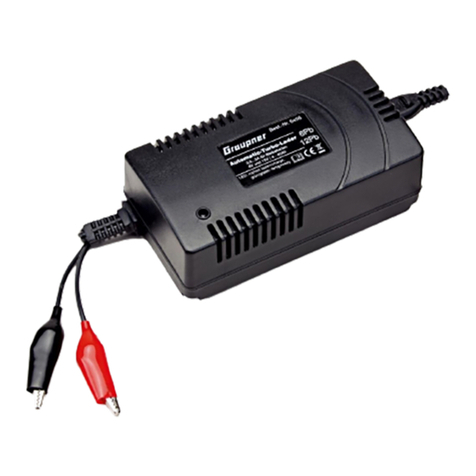
GRAUPNER
GRAUPNER AUTOMATIC-TURBO-LADER User manual
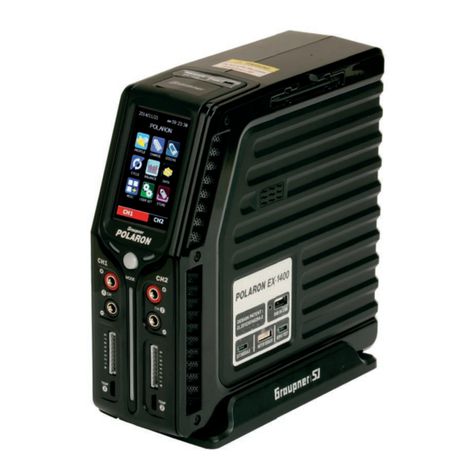
GRAUPNER
GRAUPNER POLARON EX-1400 User manual

GRAUPNER
GRAUPNER ULTRAMAT 25 User manual
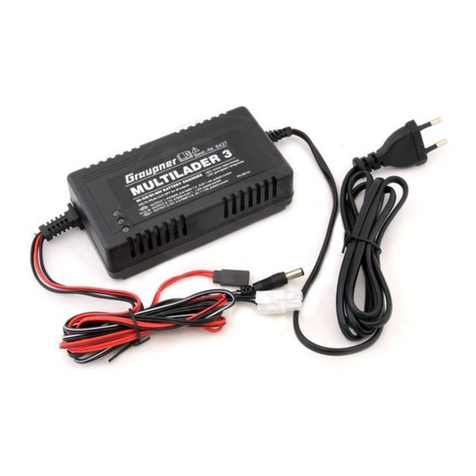
GRAUPNER
GRAUPNER MULTICHARGER 3 User manual

GRAUPNER
GRAUPNER Polaron Pro User manual

GRAUPNER
GRAUPNER ULTRA DUO PLUS 60 User manual
